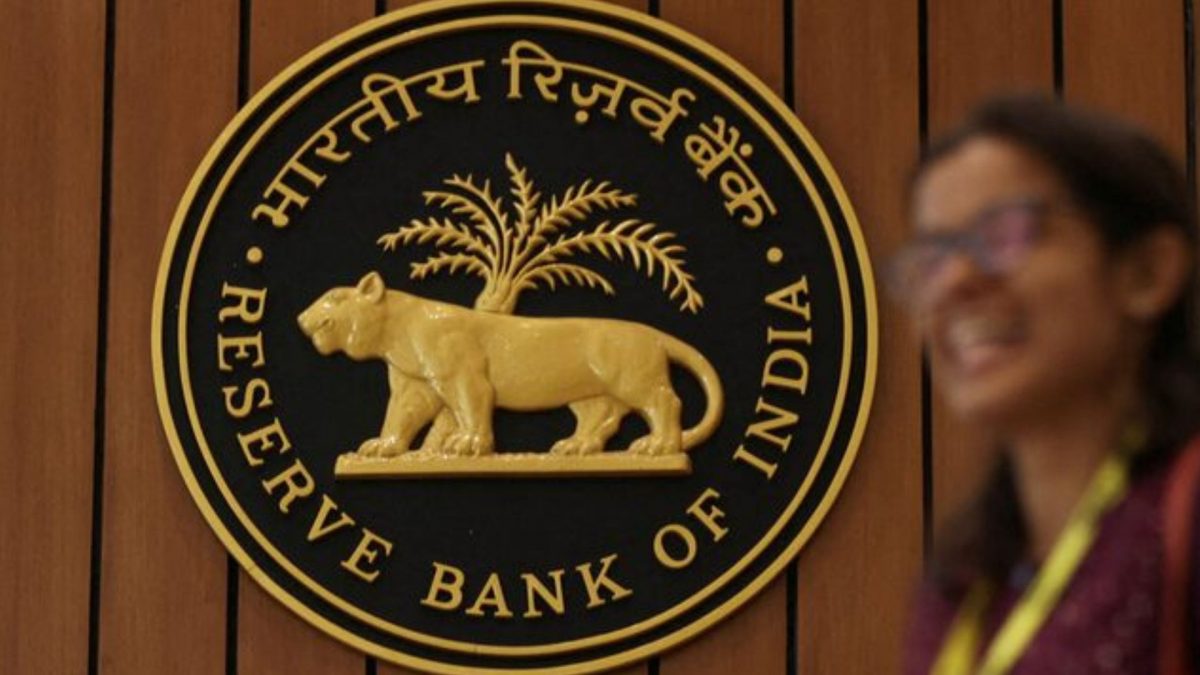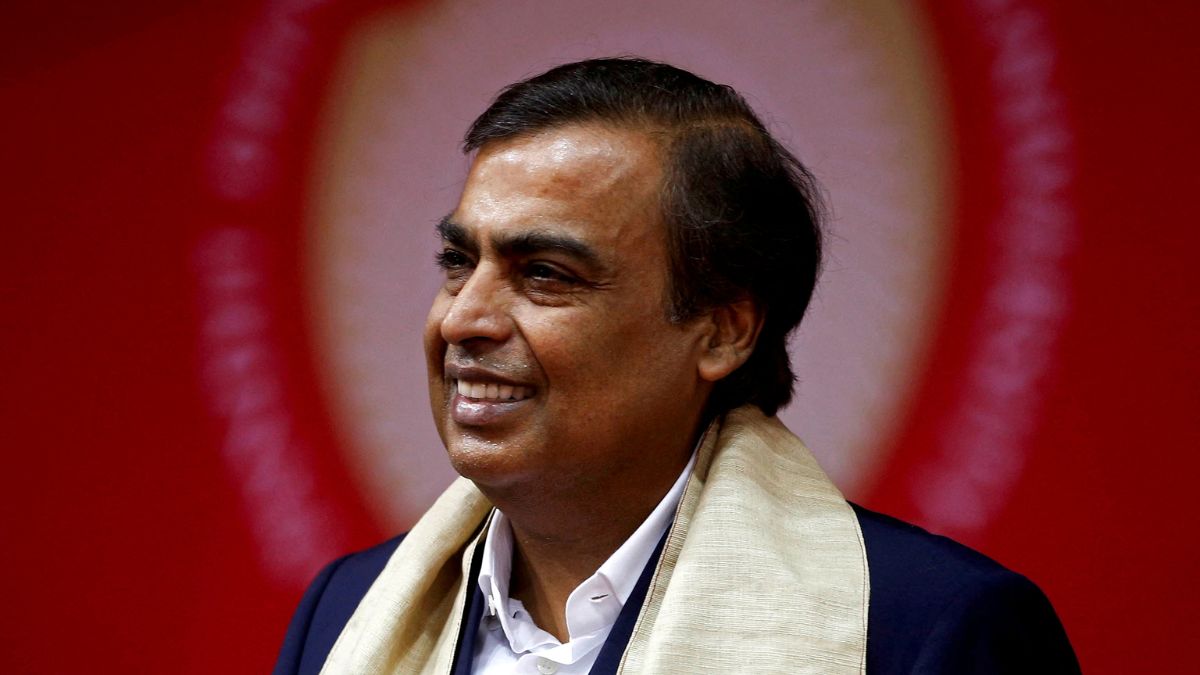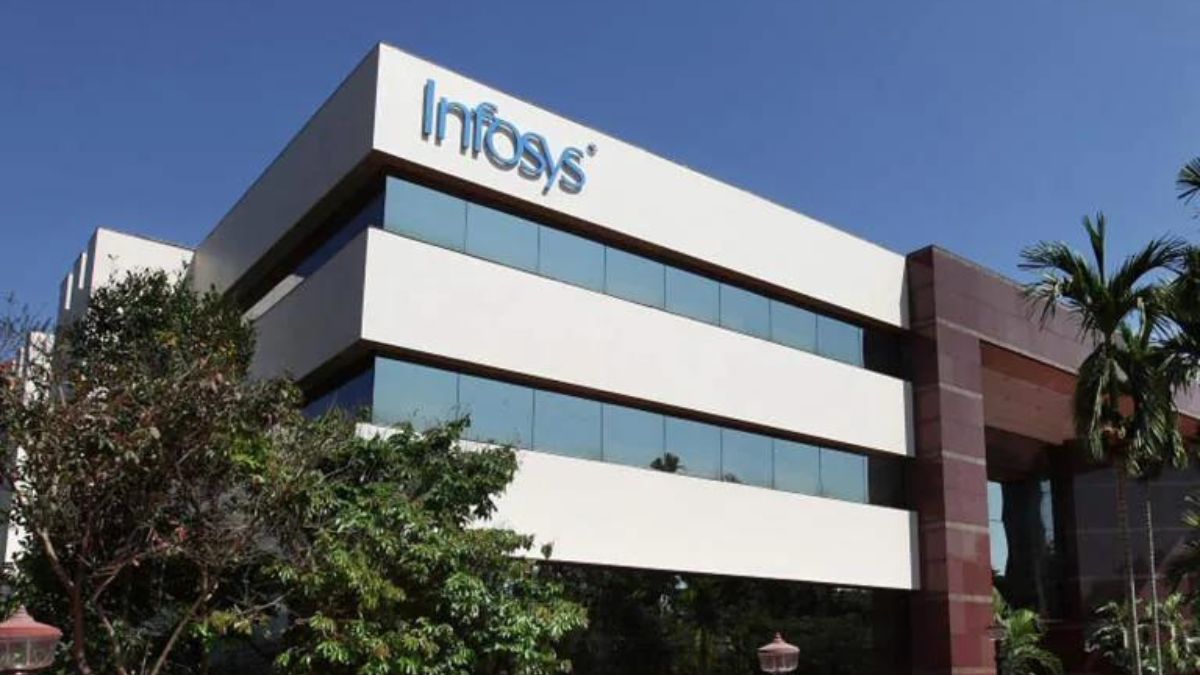As the economy remains robust and resilient… the Board has approved the transfer of Rs 2,10,874 crore as surplus to the Central Government for the accounting year 2023-24 read more
)
A woman walks past the Reserve Bank of India (RBI) logo inside its headquarters in Mumbai. REUTERS
The Reserve Bank of India (RBI), on Wednesday, approved a record dividend payout of Rs 2.11 lakh crore to the Government of India for the fiscal year 2023-24.
The decision was announced during the 608th meeting of the Central Board of Directors of RBI held on May 22 in Mumbai under the Chairmanship of Governor Shaktikanta Das.
“As the economy remains robust and resilient, the Board has decided to increase the CRB (Contingent Risk Buffer) to 6.50 per cent for FY 2023-24. The Board, thereafter, approved the transfer of Rs 2,10,874 crore as surplus to the Central Government for the accounting year 2023-24,” RBI said in a statement.
Although the payout is for FY24, it will reflect in the government’s account for FY25. The dividend is also seen sharply higher than what the government had expected.
It is worth mentioning that the dividend announced is highest-ever distributed by the central bank in its history.
As per experts, the higher dividend will help support the government’s liquidity surplus, and, thereafter, expenditure.
The RBI said that the transferable surplus for the year (2023-24) has been arrived at on the basis of the Economic Capital Framework (ECF) adopted by the bank on August 26, 2019 as per recommendations of the Expert Committee to Review the extant Economic Capital Framework of the Reserve Bank of India (Chairman: Dr. Bimal Jalan).
“During accounting years 2018-19 to 2021-22, owing to the prevailing macroeconomic
conditions and the onslaught of Covid-19 pandemic, the Board had decided to maintain
the CRB at 5.50 per cent of the Reserve Bank’s Balance Sheet size to support growth
and overall economic activity. With the revival in economic growth in FY 2022-23, the CRB was increased to 6.00 per cent,” the RBI further said.
What is contingency risk buffer?
Let’s understand what the contingency risk buffer is. It is a specific provision fund by the RBI which is primarily used during any unexpected and unforeseen contingencies including depreciation of securities values, risks from monetary rate policy changes, systemic risks to the system.
For each fiscal year, the central bank has to keep the buffer fund of a certain percent of its balance sheet and at the end of the fiscal year, it transfers the surplus fund (in the form of dividend) to the government.
The surplus fund, or dividend is transferred to the government as per the economic capital framework (ECF) adopted by its board.
How RBI earns surplus or profits?
Primarily the RBI earns its profits from the interest it gets from the purchase and sale of government securities, the interest earned from lending to banks as well as interest earned on bond holdings earned on open market principles.
“RBI is not a commercial organisation that earns profits. But it has huge income. The bank earns huge income from seigniorage., i.e., printing of currency and putting that currency into circulation. The cost of printing a Rs 500 note is around Rs 2. So when RBI prints it and puts it into circulation, it makes a profit of Rs 498,” VK Vijayakumar, Chief Investment Strategist, Geojit Financial Services, told Firstpost.
The RBI’s surpluses are transferred to government for meeting public expenditure, Vijayakumar added.
The net profit is calculated by subtracting the operation expenditures and other expenses as stipulated in section 47 of the RBI Act.
With inputs from agencies

 3 months ago
30
3 months ago
30
)
)
)
)
)
)
)
)
)
)
)
)
)
)
)
)
)
)
)
)
)
)
)
 English (US) ·
English (US) ·